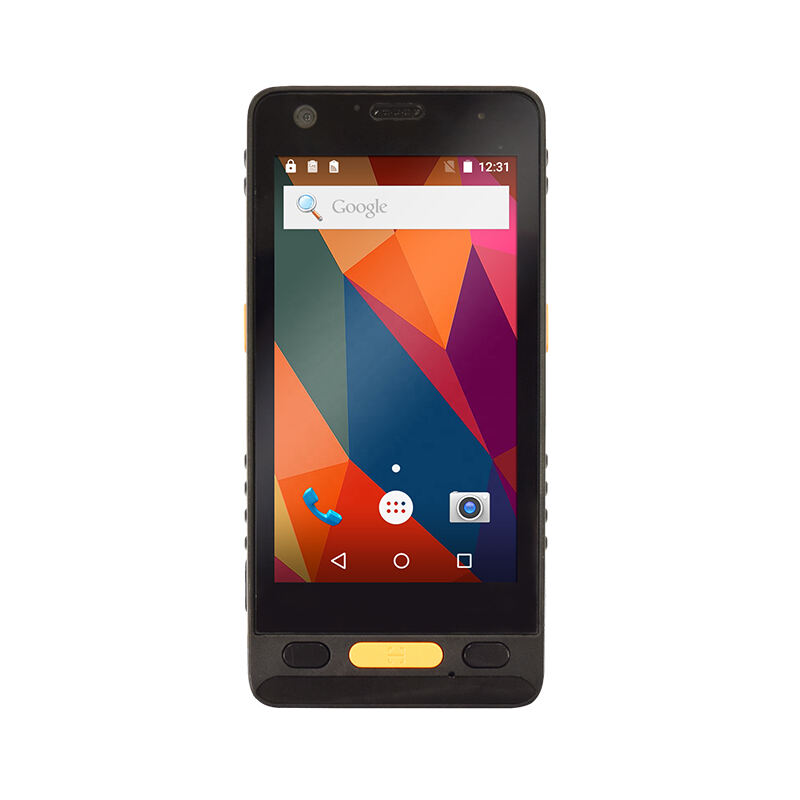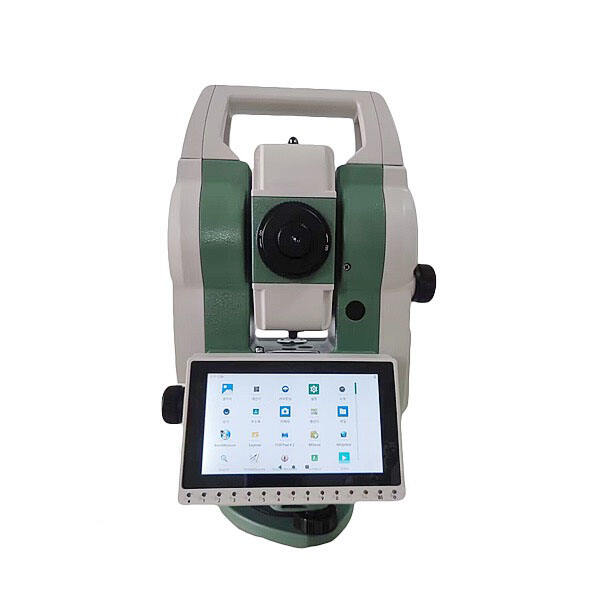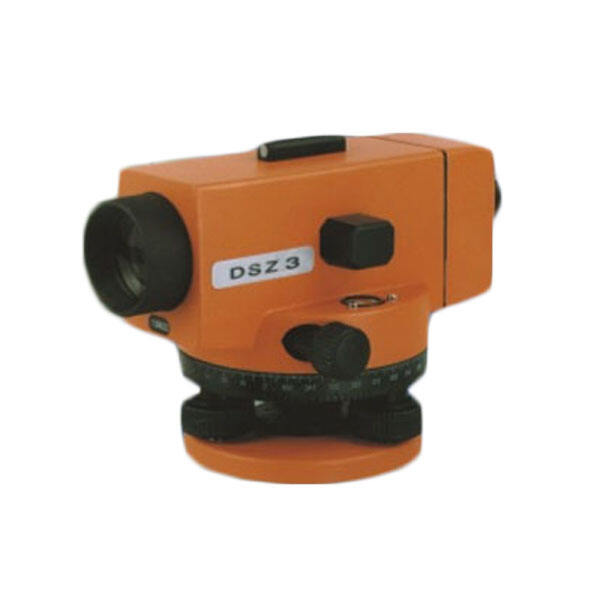differential rtk
Differential RTK (Real-Time Kinematic) is an advanced satellite navigation technique that enhances the precision of position data derived from GNSS systems. This sophisticated technology uses two or more receivers working in tandem, with one serving as a base station at a known location and others as rovers collecting data in the field. The system operates by measuring the phase of the carrier signal rather than just the code measurements, enabling centimeter-level accuracy in real-time positioning. The base station transmits correction data to the rovers through radio or cellular networks, allowing for immediate error compensation and highly accurate positioning results. The technology effectively eliminates or reduces common GNSS errors, including atmospheric delays, orbital errors, and clock biases. Differential RTK has revolutionized various industries, from precision agriculture to construction and surveying, by providing unprecedented accuracy in positioning and navigation. The system's ability to deliver real-time corrections makes it particularly valuable for applications requiring immediate, precise positioning data. Modern differential RTK systems often integrate multiple GNSS constellations, including GPS, GLONASS, Galileo, and BeiDou, to enhance reliability and accuracy further.


